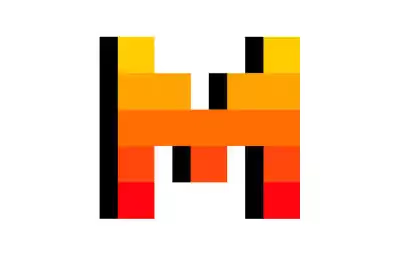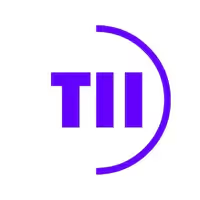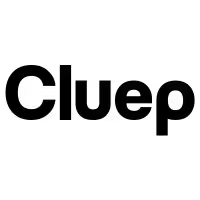AI Models are computer programs that process information and generate text, images, or code based on what you ask them. A marketing team can type "write a product description for running shoes" and get back polished copy in seconds. These programs use deep learning models trained on massive amounts of text and images from the internet, which lets them understand patterns in language and create responses that sound natural.
The technology works by running your input through layers of mathematical operations, each layer processing the information differently until it produces an output. When you ask a question, the model considers the context of your entire conversation (up to a certain limit called the context window) to give relevant answers. Large language models and generative AI models can handle different types of content. Some work only with text, while others can process images, audio, and code all together. Newer designs like Mixture-of-Experts only activate the parts of the network needed for your specific request, making them faster and cheaper to run.
AI Models are different from the apps you actually use. The model is the engine that powers a chatbot or writing assistant, usually accessed through an API by developers. You can't just download and run most of these models yourself like you would install software. They're also different from machine learning models that data scientists build from scratch. These come pre-trained and ready to use, though companies can fine-tune them with their own data to make them better at specific tasks.
Businesses use these models to automate customer support, generate marketing content, write and debug code, and analyze large datasets. A legal firm might fine-tune a model to review contracts faster than junior associates. Medical companies train them to spot patterns in diagnostic data. Software teams use them to write boilerplate code and catch bugs. The models are getting better at handling multiple types of input at once, so we'll probably see them managing more complex workflows that combine text, images, and data analysis in ways that actually save time rather than just being impressive demos.















